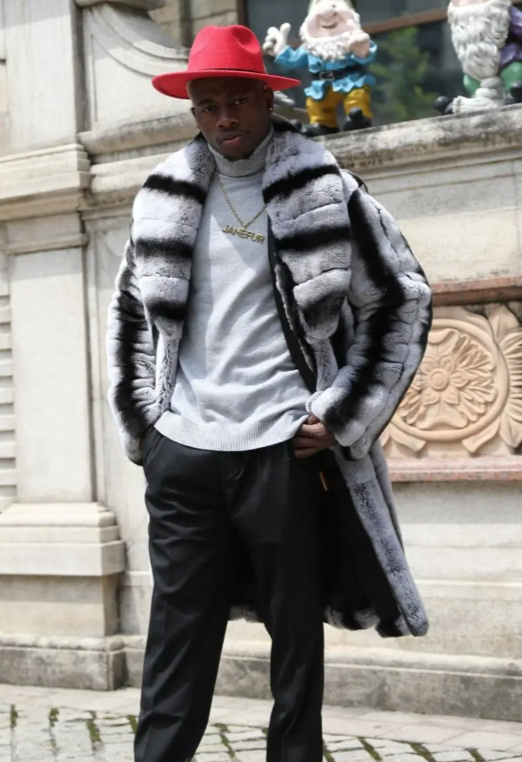Leather, a sturdy and durable material, has been used to make a variety of goods since ancient times, including the fur clothing we know today. The history of fur clothing can be traced back to ancient times, and it is not only a symbol of fashion but also an important reflection of human culture and lifestyle.

As early as prehistoric times, humans began using animal fur to keep warm. With the development of agriculture, people began to raise animals such as cows, sheep, and pigs, obtaining more fur. This fur was used to make clothes to resist the cold winter. In ancient Rome and China, fur clothing was a symbol of nobility and royalty, and only people of high status were entitled to wear it.
In the Middle Ages, fur clothing became more common. In Europe, due to the development of animal husbandry, fur clothing became a symbol of the wealthy class. At the same time, because of its excellent warmth-keeping properties, fur clothing was widely used by the military. In the cold Northern European region, fur clothing was even worn as soldiers' uniforms.
In the 19th century, with the arrival of the Industrial Revolution, the production process of fur clothing improved significantly. People began to breed livestock on a large scale to obtain more fur. At the same time, new dyeing and trimming techniques also made fur clothing colors and styles more diverse. During this period, fur clothing became a symbol of the middle class, rather than the privileged and royal.

However, with the increase in environmental awareness and the emphasis on animal rights protection, the use of fur clothing began to be questioned. Many people believe that killing animals to obtain fur is unethical and choose not to wear fur clothing. In addition, the production process of fur clothing has also caused concerns about animal rights. Many fur breeding farms have been closed because of cruelty to animals and environmental damage.
Nevertheless, fur clothing did not completely disappear. Many high-end brands still insist on using real fur to make clothes, and they usually ensure the welfare of animals and adopt environmentally friendly production methods. In addition, some designers have begun to explore the use of artificial fur and other sustainable materials to replace real fur.

In summary, the history of fur clothing is a microcosm of human civilization development. It reflects people's need for warmth, their pursuit of beauty, and their understanding and respect for animal rights. Although fur clothing faces challenges today, it still has its unique charm and value.















